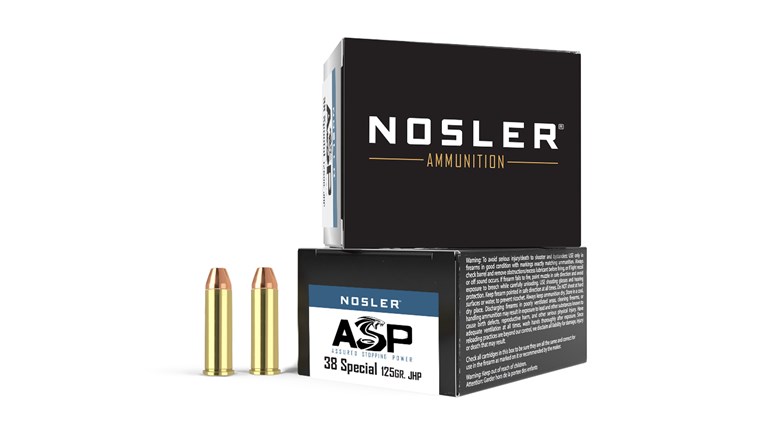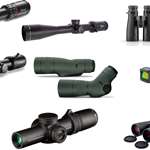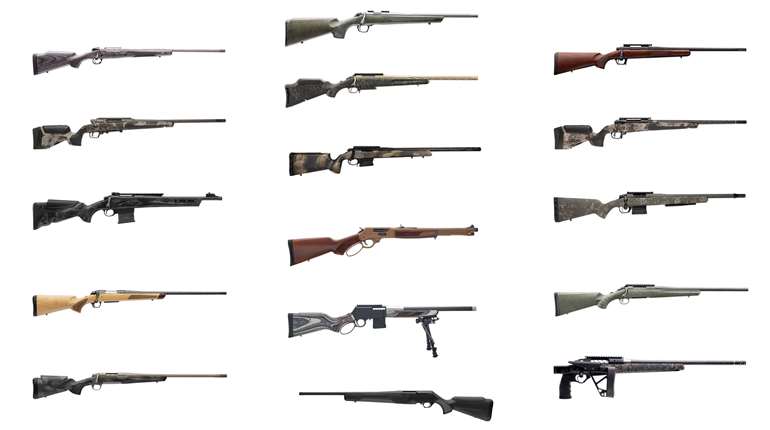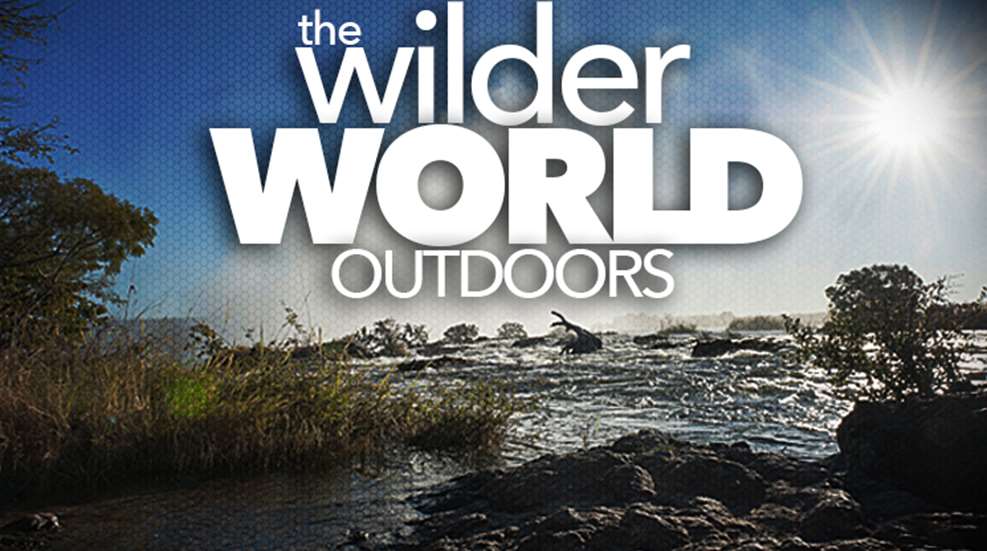
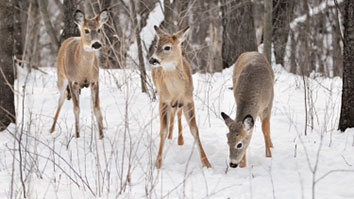 Most folks have heard the saying about not doing... certain things... where you eat, but new research from Michigan Technological University is indicating that the state's local whitetail may want to take such an adage to heart.
Most folks have heard the saying about not doing... certain things... where you eat, but new research from Michigan Technological University is indicating that the state's local whitetail may want to take such an adage to heart.
According to a report originally released by the school, a study performed by a Michigan Tech PhD candidate and a pair of faculty members found that the nitrogen-rich waste that the local whitetail were producing was, in turn, contributing to a decrease in the growth of foliage around the deer's favorite wintering grounds. In short: The whitetail from the study may be inadvertently destroying their own habitat.
The study compared eastern hemlock stands from where deer congregated to stands taken from locations where deer were fenced out, and allegedly found a strong relationship between the amount of soil nitrogen from the deer's waste products and the kinds of plants that flourished in each environment. Bryan Murray, the Ph.D. candidate involved in the student, noted in the journal Ecology that the change in nitrogen levels in a hemlock stand "may affect its ability to continue functioning as a deeryard by changing the types of plants that grow there."
Murray suggested that high inputs of nitrogen could lead to the hemlock stands more rapidly becoming hardwood environments that provide little cover.
Murray's "deeryards" are typically stands of evergreens that whitetail flock to for cover during the heavy northern winters. There they find cover from both the brutal elements and local predators.
It's only natural, of course, that over time such locations would find their resources tapped, forcing local whitetail to move on. The problem lies in the combination of an increasing whitetail populations and a decreasing number of deeryards—more deer are packing their way into fewer shelters, hastening the decline of ecosystem.
The Michigan Tech report is admittedly just one study, but the math makes sense. It's no secret that there are plenty of whitetail out there, and each year those deer are dealing with less and less habitat. If their own by-products start playing a role, it's something that conservationists and hunters will need to pay attention to.
Think we can convince the deer to start using Porta-John's?












